The taskbar has certainly undergone a revival since its relegation in preference of the Start screen in Windows 8. Although it was still present in Windows 8’s desktop view, it is now back where it belongs. A few slight tweaks in the Anniversary update have made it an even more useful tool now.
Mastering the Windows 10 Taskbar
The taskbar has always been more useful than many users realise, and with Windows 10 there are several new features and options which make it even more so. Let’s take a look at some of the most important.
Welcome to Windows

Windows 10’s taskbar is more powerful than ever as you’re about to find out. It’s now more integrated with the Start menu than before, so if you open Start and start typing, the search bar on the taskbar comes alive, rather than being separate within the Start menu.
Using Jump Lists
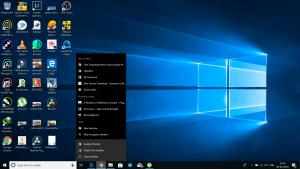
Right-clicking anything on the taskbar once again brings up a context menu. Apps such as Word and Excel feature jump lists, showing you recent files that you can pin to the list using the drawing pin icon. What appears in the jump list varies between apps. Here, File Explorer shows your recently accessed locations.
Windows Previews
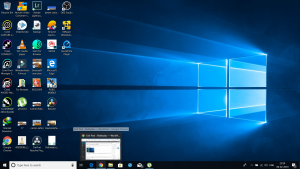
Hovering over any open app icon in the taskbar brings up this live preview of the window. If a movie is playing, for example, you’ll see it playing here too. If you mouse over the preview, the X icon appears so you can close the window down directly from the taskbar should you wish to.
Task View
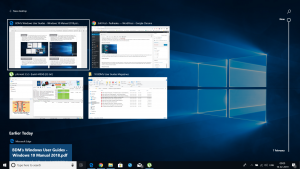
The simple white outline icon next to the search bar is Task View. This is Windows 10’s brand new way to switch between open apps and it’s rather good, providing you can get used to using it. You can also open the Task View by pressing the Windows Key + Tab. Hide the icon by right-clicking on the taskbar and disabling in the menu.
Action Center

This is another key control area of Windows 10. It gathers together all your pop-up notifications from things like the email app or Windows update. It also features quick settings buttons for things like Wi-Fi. The Anniversary update added notification badges, meaning you can see how many unread notifications you have more easily.
Power & Brightness
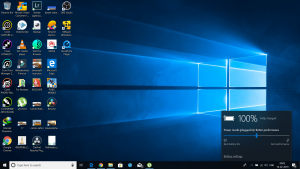
If you are using a laptop , a battery icon would appear in the notifications area. There’s also a link to further settings, taking you to the appropriate area of the all new Settings app. The exact icons that appear here will vary depending on your system set up and apps installed.
Taskbar Calendar
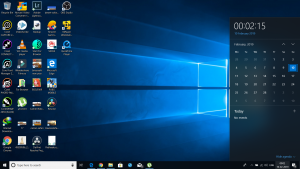
Click the clock in the taskbar and a small calendar readout appears. The Anniversary update improved this, connecting it to your main Windows calendar app (for some strange reason it wasn’t previously) and this now shows upcoming events you have added. You can hide the Agenda readout using the button at the bottom.
Other Adjustments
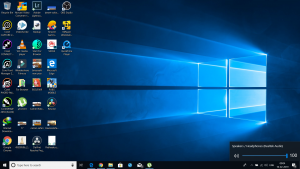
You’re also able to alter the brightness of your laptop screen as well as enable Power Saving mode by clicking on the battery icon. The volume control next to it features this simple slider but no other settings. You need to right-click to alter other sound settings such as the sound output you wish to select.
Taskbar Menu

There is still a right-click menu to change taskbar settings; make sure you right-click on an unused area of the taskbar. You can lock the bar, as well as change how the search bar displays. You can make it just a button, like the one in Tablet mode, should you wish to.